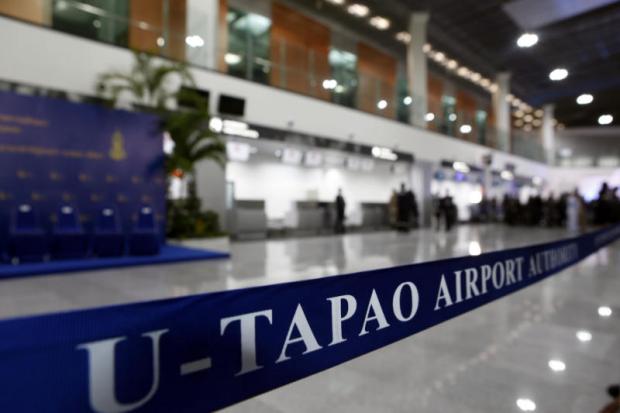At the Chonburi provincial hall, a conference was called to discuss and unveil a comprehensive six-phase development plan, which indicated major advancements for the aviation sector. Alongside Withaya Nopawan, Director of the Joint Investment Agreement Office, and Rear Admiral Kiatikun Suwan, Deputy Director of U-Tapao Airport, Thitilak Khumpa, the Deputy Governor of Chonburi Province, was the driving force behind this revolutionary project. They were joined in their endeavor by Rear Admiral Kiatikun Suwan.
The Eastern Economic Corridor (EEC) Policy Committee officials and consultancy firms are in charge of this enormous project, which is primarily focused on the thorough renovation of runways and the construction of a second runway and taxiway at U-Tapao International Airport.
The development plan asserts that the aircraft operation area will be eligible for a plethora of advantages. The modernization of the runways is expected to have a substantial positive impact on operational efficiency, and the strategic placement of long-distance parking is going to cut boarding times at passenger terminals by a significant amount.
The design of the project prioritizes adaptability in order to accommodate the anticipated increase in the number of passengers. The updated infrastructure will also improve connectivity for the growth of public utilities and mass transit, which will help create efficient mass transit connectivity.
Significant changes will be made to the configuration of the U-Tapao-Rayong-Pattaya International Airport as a result of this project. This will be an important aspect of the whole endeavor. This includes the relocation of buildings and structures, the possible reevaluation of the under-runway tunnel, and a rethinking of the relocation of the high-speed train station, which is an essential component of the larger high-speed rail project connecting three airports.
A thorough research that is part of the project ensures that modifications to the airport’s layout will not result in an increase in the amount of noise produced. This guarantee is predicated on the assumption that the number of planes and passengers using the airport would remain relatively stable.
With the help of this ambitious project, U-Tapao-Rayong-Pattaya International Airport will be able to assume its rightful place as a central hub along the Eastern Economic Corridor. It is anticipated that not only will the airport be brought up to date, but also that the region’s connections and transportation infrastructure would be significantly improved. As each stage of the project is successfully completed, it builds the groundwork for a brand-new era of productivity and connectivity in Chonburi Province and beyond.




